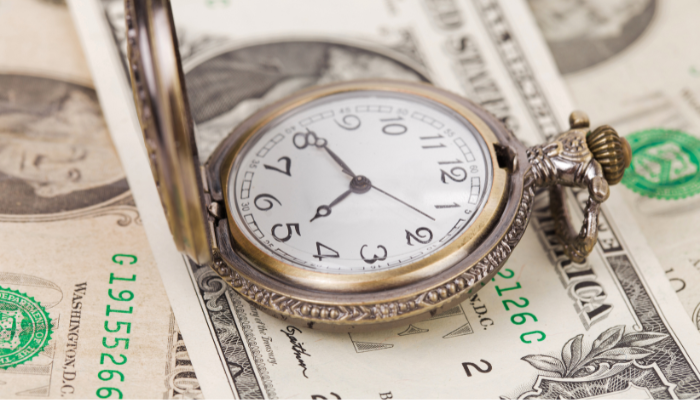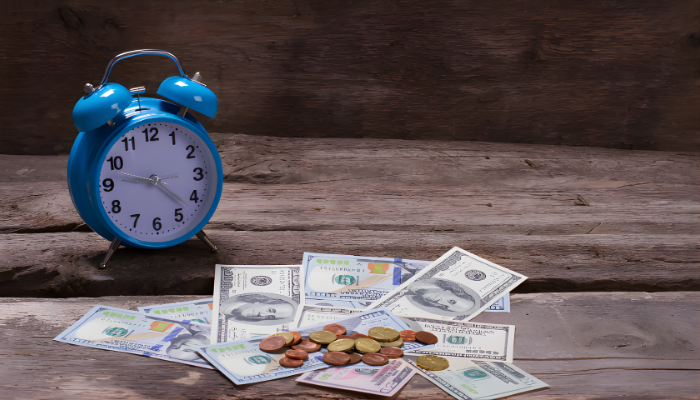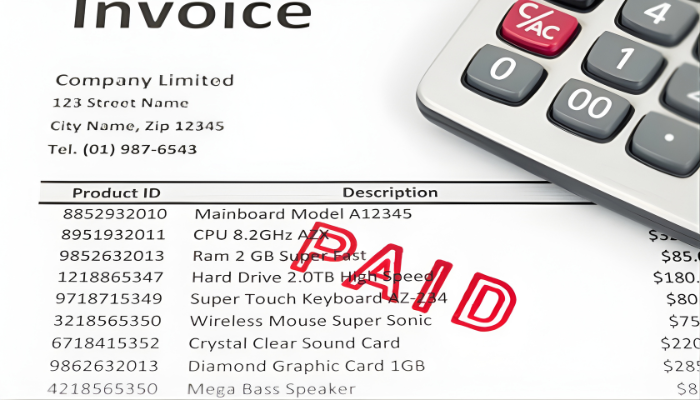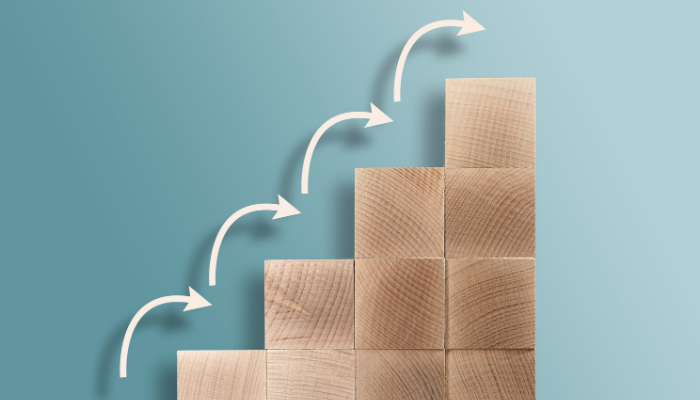
From the outside, factoring can seem a bit confusing. You exchange unpaid invoices for cash? Who gets the customer payment? What happens if an invoice goes unpaid? How long does the process take? Getting to know the process of invoice factoring will answer all of these questions.
Step-By-Step Invoice Factoring
Here is the typical flow of invoice factoring, step by step.
- Application and approval. The first time you need to factor will take longer than normal. You will need to make application to the factoring company and get approval first. This can take up to a week to complete, though most applications only take a couple of days. Factoring is often available to companies just getting started or those with a spotty credit record.
- Notifying customers of the factoring arrangements. Your customers will need to know where to send their payments. Once you are approved for factoring, you will need to send a letter to your customers alerting them of the invoice assignment and that all payments need to go to the factoring company.
- Invoice the customer for goods and services provided. Once you deliver products or perform services, you need to create and send an invoice to the customer.
- Submit the invoice for factoring. After sending the invoice to the customer, the next step is to send a copy to the factoring company.
- Verifying the invoice. Before the factoring company will provide funding against the submitted invoice, they need to know that you delivered the products or performed the service. The factoring company will do this in a professional manner.
- Get an advance on approved invoices. Once the factoring company approves an invoice, they will send the advance funds to your bank account. This can be up to 90 percent of the value of the invoice, and it is usually deposited the same day as the invoice is verified.
- Customer pays the invoice and the factor pays you. Once the customer pays the invoice, the factoring company will release the amount still due to you on the invoice. They will deduct the factoring fee from that amount. The factoring fee amount will range between 3 and 8 percent, depending on a number of factors.
- If invoice is not paid, your company either repays the advance amount or exchanges it for a new one.
- Then the entire process repeats with each invoice that you submit to the factoring company.
What Influences the Factoring Fee?
The exact factoring fee is something that is negotiated at the beginning of your relationship with the factoring company. It is usually a set percentage based on the anticipated amount of invoices to be factored and the creditworthiness of the customers. The time it takes for a customer to pay the invoice also influences the factoring fee. If a customer pays the invoice late, the factoring fee on that particular invoice will be higher.
Need An Example?
Here is an example of how factoring works:
- A customer owes you on a $10,000 invoice. You factor that invoice.
- The factoring company advances you 90% of that invoice, or $9,000.
- The remaining $1,000 is held by the factoring company as a reserve.
- The customer pays the invoice, $10,000, to the factoring company.
- The factoring company takes its factoring fee, $300 (assuming 3%).
- They send the balance of the invoice to you, $700.
The total you receive is $9,700 ($10,000 - $300).
That is the flow of invoice factoring. Simple, straightforward and relatively easy to follow. If you are interested in learning more about accounts receivable factoring, contact us here at Factor Funding. We have decades of experience helping businesses of all sizes and sorts free up cash when they need it.


